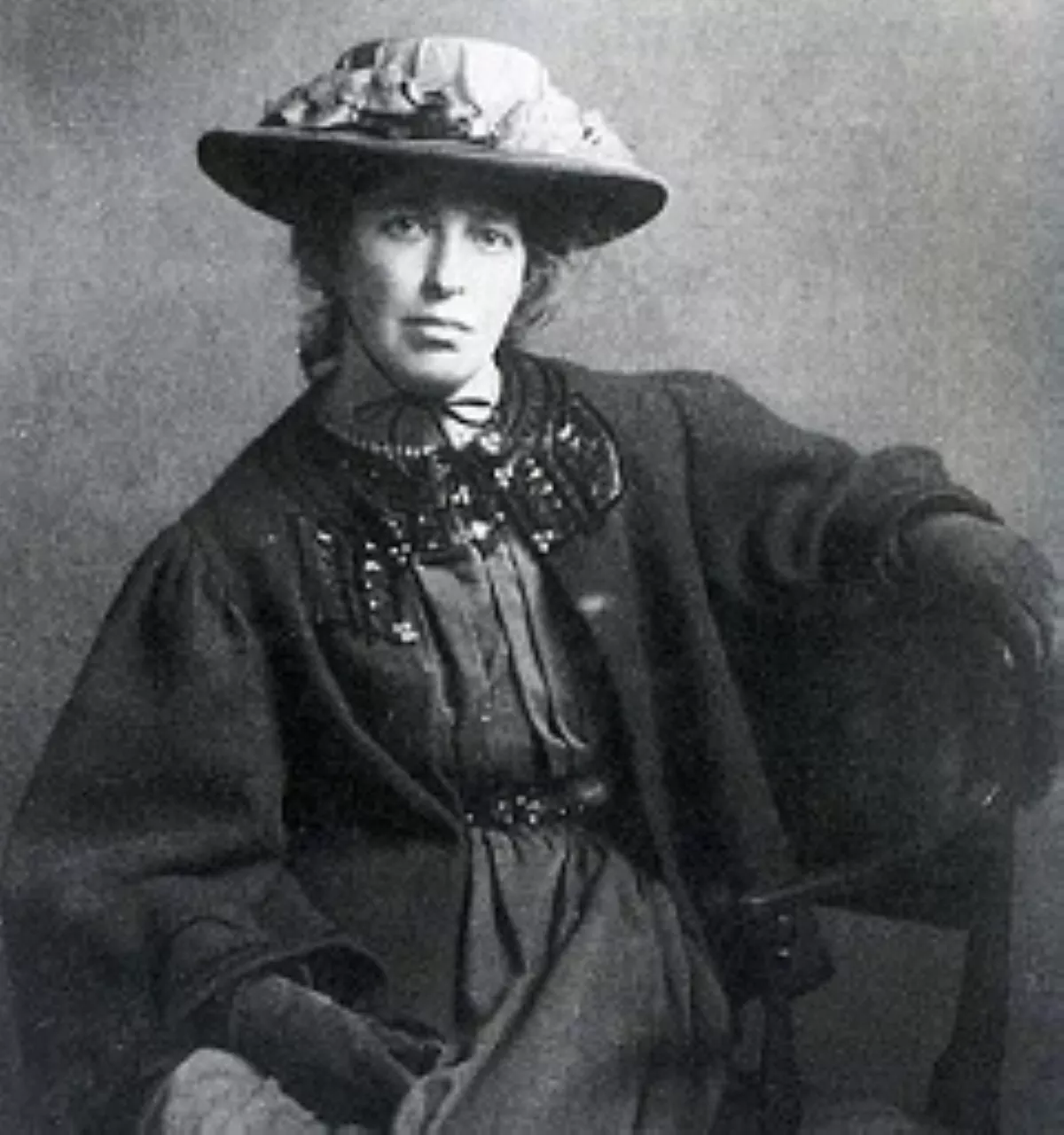 1.
1. Jessie Newbery was a Scottish artist and embroiderer.

 1.
1. Jessie Newbery was a Scottish artist and embroiderer.
Jessie Newbery was one of the artists known as the Glasgow Girls.
Jessie Newbery married the director of the Glasgow School of Art, Francis Newbery, in 1889.
Jessie Newbery enrolled as a student at the Glasgow School of Art in 1884.
Jessie Newbery became an accomplished and original embroideress, though embroidery was not formally taught at the Glasgow School of Art.
Jessie Newbery started the first needlework and embroidery class at the school in 1894.
Jessie Newbery was noticed for embroidery designs that were quite different from the output of the Royal School of Art Needlework.
Jessie Newbery's works had a hint of seventeenth-century crewel-work and her designs featured floral forms with angular stems and a strong decorative quality.
Jessie Newbery is credited as the inventor of the angular Glasgow rose, which has been likened to a cabbage.
Jessie Newbery imported the new Glasgow style lettering into her embroidery designs.
Keen to promote embroidery as a form of art for all levels in society and for men and women, Jessie Newbery established an Embroidery Department and Saturday classes, attended by over 100 women, at the Glasgow School of Art.
Jessie Newbery was careful in her choice of colour and materials.
Jessie Newbery preferred to use a lighter palette than was traditional, focusing on light purples, greens, blues and pink.
Jessie Newbery encouraged the use of "unusual techniques such as needle weaving" and included additions like beads, ribbons and card as well as contrasting hemming, Newbery felt that design, in addition to utility, was important in her work.
Jessie Newbery incorporated elements of the emerging Glasgow Style in her design works and in turn shaped the decorative style of the movement.
Jessie Newbery thought clothing should be practical and took an interest in rational dress, while believing that clothes should be beautiful.
Jessie Newbery first experimented with a "Renaissance flavor" in her own clothing, often choosing looser styles, materials such as silk velvets and lightweight wools which she embroidered herself.
Jessie Newbery was an active member of the Glasgow Society of Lady Artists.
Jessie Newbery was keen for women to have more of a place in society, and was an active member of the Women's Social and Political Union, organising the "Arts and Curios" stall at the Grand Suffrage Bazaar held at St Andrews Halls, Glasgow in 1910.
Jessie Newbery helped to make materials for related movements, such as the suffrage banners, along with Ann Macbeth, including one with embroidered signatures of 80 force-fed Holloway prisoners, which was in the mass suffragette procession from 'Prison to Citizenship' in London, 1911.
Jessie Newbery did continue to create her own work and showed her embroidery in exhibitions, including one at the Louvre, Paris.
Jessie Newbery died in Corfe Castle, Dorset, where she and her husband, Francis Jessie Newbery, had gone to live after retirement.